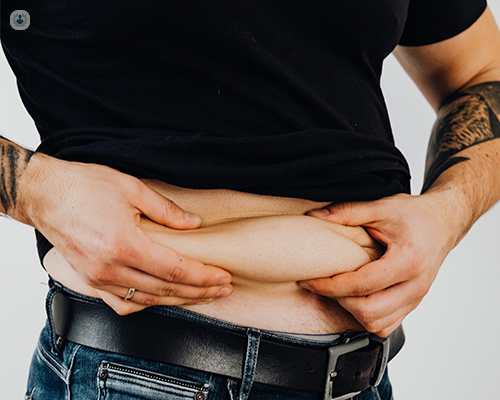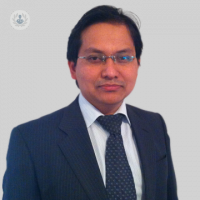An all-you-need-to-know guide on microsurgery
Written in association with:In this article here, Mr Ruben Kannan, a distinguished consultant plastic surgeon, describes in detail what microsurgery is, how it is performed, and how it differs from laparoscopic surgery.

What is microsurgery?
Microsurgery is defined as a surgery which involves attaching very, very small structures (less than three millimetres). Super microsurgery is surgery whereby extremely small structures are attached (right down to 0.3 millimetres).
What is involved in microsurgery procedures?
It involves the art of going down to every single little nerve and attaching it to the structure in order to achieve the best possible result. This involves the use of very fine equipment, including microscopes.
What conditions is microsurgery used to treat?
Microsurgery can be utilised to treat any condition. Essentially, it is used to rebuild and reconstruct the face or any part of the body, but primarily the face. For example, if someone has had open-heart surgery and they have a wound in the chest that is not healing, you can take a piece of tissue from another part of the body and attach it very minutely to reconstruct and rebuild the chest.
Another example is if someone has their hand or finger accidentally partially chopped off, we can rebuild and reconstruct the hand again for the individual through microsurgery.
What are the most common microsurgery procedures?
The most common procedure is what we call a free tissue transfer, which means that you transfer nerves or skin from one part of the body to another part. A common example of this is after breast reconstruction surgery, you can carry out a tummy tuck and take the skin from the tummy and transfer it to the breast area. Facial reconstructions are other examples of microsurgery.
What is the difference between microsurgery and laparoscopy?
Laparoscopy is keyhole surgery, whereas microsurgery is operated under the microscope. Laparoscopic surgery works by putting cameras through small holes. Microsurgery involves using microscopes to go right down to repair them in very high definition.
Mr Ruben Kannan is a highly revered consultant plastic surgeon who is an expert when it comes to performing microsurgery. Book a consultation with him today via his Top Doctors profile.


